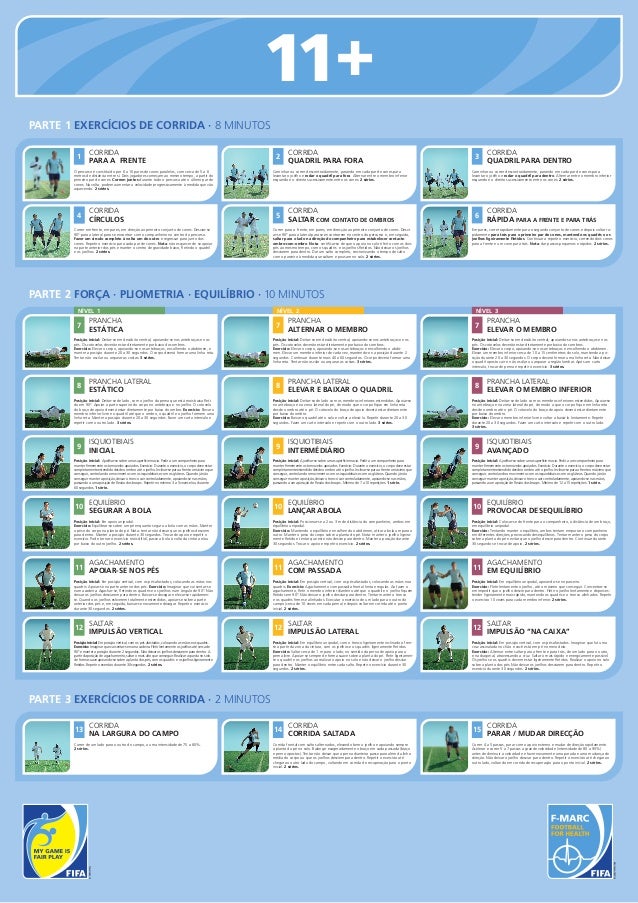

Predicting the risk of sports injuries and sports-induced bleeds (SIBs) in people with haemophilia (PWH) may support clinical counselling. Whether the intervention should also include strength-based exercises, or whether this should be promoted outside of a football training session, was less certain. Participants wanted greater variety, more football-specific elements and to implement a new strategy throughout a session, rather than being seen as a stand-alone warm-up. Participants highlighted a number of elements that may help shape the development of a new injury prevention strategy, including a desire to retain many of the elements of the 11+ and to have a proven programme. The study found that while participants appeared to have good awareness of the existing 11+ programme and an interest in injury prevention, adherence and enthusiasm towards the programme was limited. Four key themes were identified: understanding of the 11+ injury prevention warm-up, content of an ideal injury prevention programme, structure of the programme and education, adherence and dissemination. Focus group interviews were conducted, which were recorded, transcribed and subject to thematic analysis. They represented various levels of football, including different genders, ages and levels of play. Participants were purposively recruited and were based in New Zealand. Twenty-two adults participated (nine women median age 35.5 years). A qualitative study design was used to investigate the views of four stakeholder groups (players, coaches, strength and conditioning staff and clinicians). The aim of this study was to investigate the experience with the 11+, attitudes towards injury prevention, and potential improvements to the 11+ and the delivery of injury prevention strategies within football. Despite this, we suggest the IPPON intervention be considered as an useful alternative to regular judo warm-up, given the high adherence and the positive clinical experiences of trainers and athletes. The IPPON intervention did not significantly reduce the overall and severe injury prevalence. All trainers and 70% of athletes perceived the IPPON intervention as successful. Specifically, no significant difference of severe injuries was reported (OR 0.80 in favour of the IPPON group 95% CI 0.36 to 1.78). Secondary outcomes also demonstrated no significant differences between groups. We observed no significant difference of all reported injuries (OR 0.72 in favour of the IPPON group 95% CI 0.37 to 1.39). Mean injury prevalence over 16–26 weeks was 23% (95% CI 20% to 26%) in the IPPON and 28% (95% CI 25% to 30%) in the control group. Secondary outcomes included: prevalence of severe injuries, overall incidence, time-loss injuries, exposure, adherence and experiences of trainers and athletes.Ģ69 judo athletes (IPPON: 117, Control: 152) were included. A modified intention-to-treat analysis was performed due to COVID-19, with estimates for the primary outcome obtained using generalised linear mixed models.

Primary outcome was overall injury prevalence (%) over the follow-up period (16–26 weeks) measured fortnightly with the Oslo Sports and Trauma Research Centre Questionnaire. Judo athletes aged≥12 years were randomised by judo school to IPPON intervention or control group who performed their usual warm-up.
#Fifa 11 plus poster trial#
We conducted a two-arm, cluster randomised controlled trial the Injury Prevention and Performance Optimization Netherlands (IPPON) study. To evaluate the effectiveness of a trainer-supervised judo-specific injury prevention warm-up programme on overall injury prevalence. For permission to use (where not already granted under a licence) please go to.

Published by the BMJ Publishing Group Limited. While FIFA continues to disseminate and implement FIFA 11+ among its Member Associations, adaptations of the injury prevention programme for children and referees have been developed and are currently being evaluated. The goal of this narrative review was to summarise the available scientific evidence about the FIFA 11+ programme. Furthermore, implementation strategies of this prevention programme have also been studied. Since the FIFA 11+ launch, key publications have confirmed the preventive effects of the programme and have evaluated its performance effects in female as well as male amateur football players.

Developed and studied by the FIFA Medical Assessment and Research Centre (F-MARC), the programme was based on a randomised controlled study and one countrywide campaign in amateur football that significantly reduced injuries and healthcare costs. In 2009, FIFA promoted and disseminated the FIFA 11+ injury prevention programme worldwide.


 0 kommentar(er)
0 kommentar(er)
